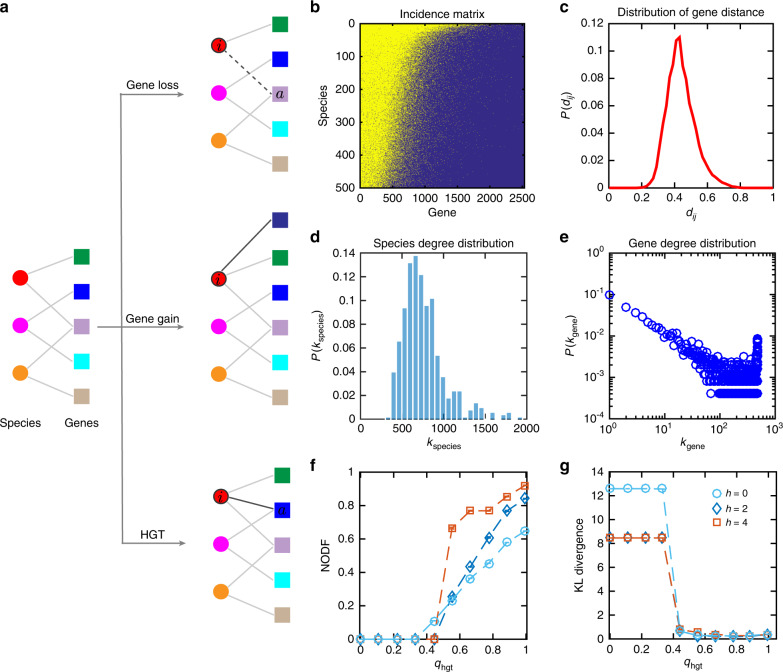Fig. 4. A simple genome evolution model can generate GCNs that capture key topological features of the real GCN.
a Schematic diagram of the genome evolution model. At each time step t, the genome of a species i (shown in red) randomly chosen with probability proportional to will be updated based on one of the following three events: gene loss, gene gain, and horizontal gene transfer (HGT), with corresponding rates qgl, qgg, qHGT, respectively. Note that the parameter h ≥ 0 representing the selection pressure, and h = 0 corresponds to the case of neutral model. The three rates naturally satisfy qgl + qgg + qHGT = 1. During HGT, a gene a from a randomly chosen donor species is randomly selected and then transferred to the genome of species i. During gene loss, a gene a in the genome of species i is randomly selected and then removed. During gene gain, a new gene is added to the genome of species i. The initial GCN is a random bipartite graph that consists of 500 species and 200 genes with connection probability 0.8. The total number of evolution time steps is 5 × 105. b–e The incident matrix of the final GCN (with nestedness value NODF = 0.703), functional distance, species degree and gene degree distributions with h = 2, qHGT = 0.795, qgg = 0.005, and qgl = 0.2 (See Supplementary Figs. 12, 13 for those topological features with other model parameters). f The nestedness (quantified by NODF) of the final GCN calculated as a function of HGT rate with different selection pressure h = 0,2,4. g The Kullback–Leibler (KL) divergence between the normalized gene degree distribution of real GCN and that of the simulated GCNs calculated with different selection pressures and HGT rates as shown in f. Here the normalized gene degree .

